English Rose Gardens. Planting and Caring for English Roses
The English garden is often considered to be the epitome of romanticism, and roses are essential in it. Climbing the walls or pergolas, in clusters or along narrow alleys, roses make these gardens look like a seemingly luxurious abandon. As these varieties were especially bred for exterior, English rose gardens can also be set up in more arid climate, if watered regularly.
English rose gardens. Varieties and history
English roses are also named Austin Roses, or David Austin roses. They were introduced in England in 1969, at the same time with the Wife of Bath and Canterbury varieties. Mr. Austin wanted to combine the best of old English roses, introduced before 1867 (Damasks, Gallicas, Portlands
and Bourbons), with the modern ones (Hybrid Teas, Floribundas and Grandifloras).
The result was successful and the new breed kept the powerful fragrance of the old English roses. Moreover a diversity of colors was created and their bushes became more vigorous.
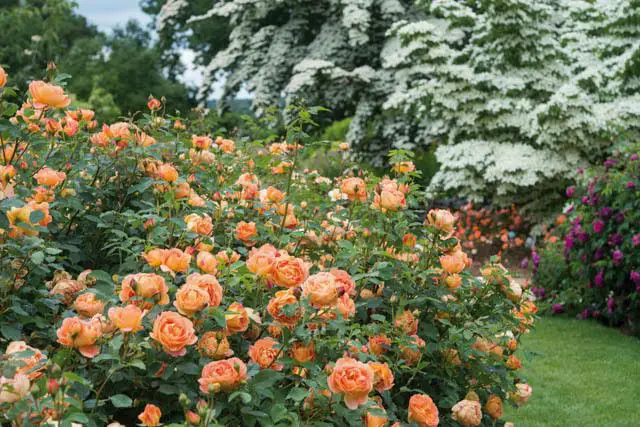
One of the most beautiful rose varieties on the market are: Mary Rose (pink), Crown Princess Margareta (rich apricot), Golden Celebration (dark yellow), Gertrude Jekyll (dark pink), Generous Gardener (light pink), Lady Emma Hamilton (rich orange), Evelyn (apricot and pink).
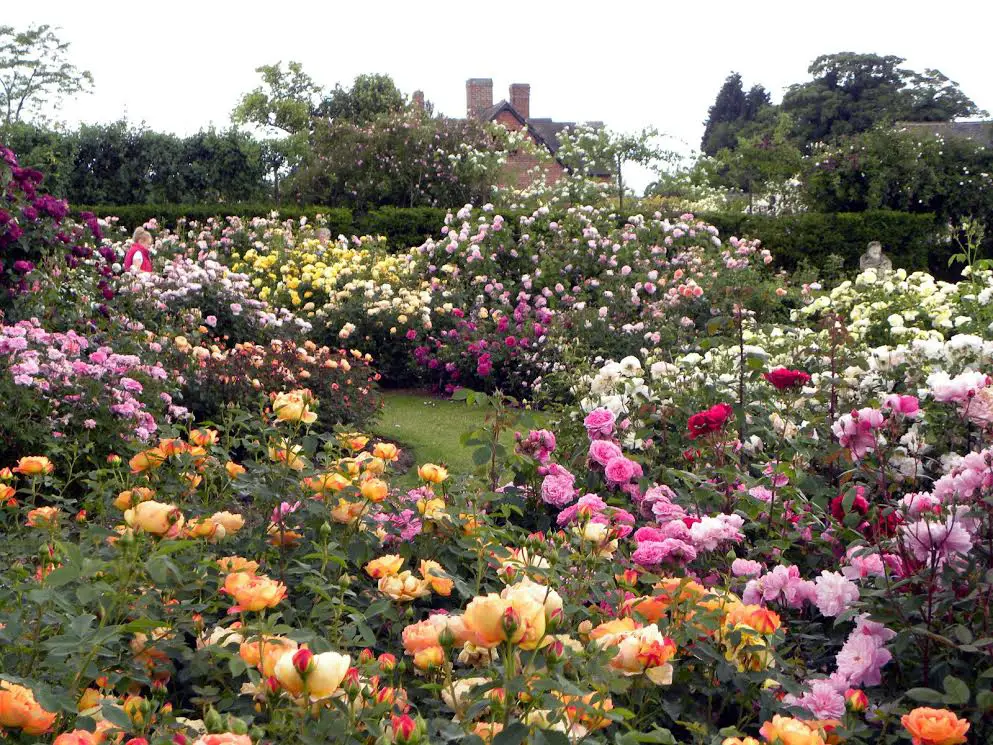
With lush flowers, powerful fragrance and disease-resistant bushes, they will flower all season long, because English roses were bred for gardens.
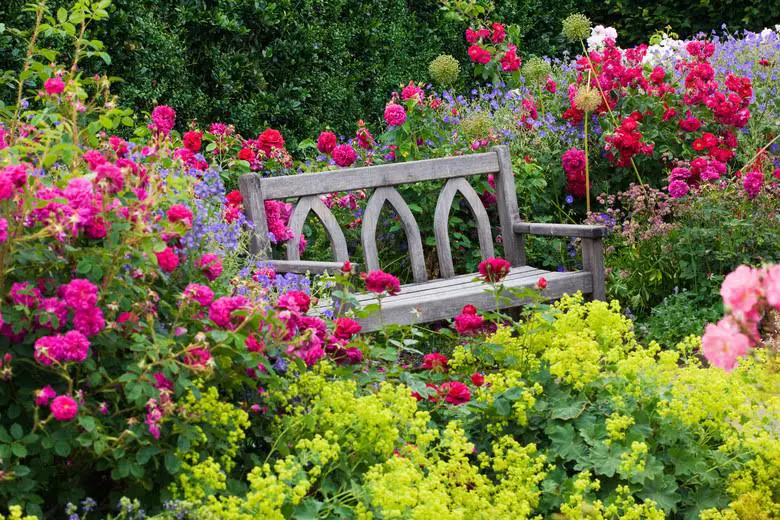
English rose gardens. Planting
If you have the space, it’s ideal to plant them in tight groups of three of each variety. This will allow the roses to grow together and form a dense and definite shrub. Plant approximately 18 inches within the group. Neighboring varieties should be planted 3 feet away.
English roses are not very pretentious, but they do however appreciate good fertile soil. The addition of well-rotted manure and garden compost will ensure their strong growth.
Planting must be done quickly. Never allow the roots to dry out at any time and before planting soak the whole plant in water over night. In cold winter areas, plant the base of the cane (bud union) at about 3 inches below ground, and at ground level in milder areas.
After planting, water in well and mound the base of the cane with 6 inches of compost, soil or organic fertilizer.
English rose gardens. Caring for English roses
Roses must be watered regularly. They will be stronger, healthier and, most importantly, will produce more flowers. Depending on the climate, it is recommended that deep watering should be done at least once a week and often more frequently.
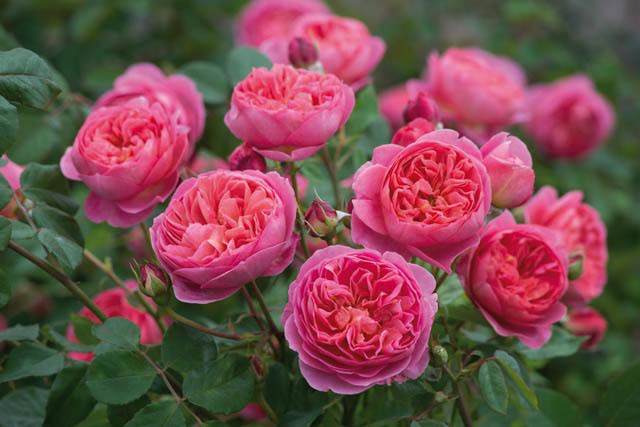
The repeat flowering varieties need a generous supply of nutrients regularly. This should not be applied too close to the onset of winter. Organic fertilizers are the most effective. Foliage feeds are as important for keeping the leaves healthy.
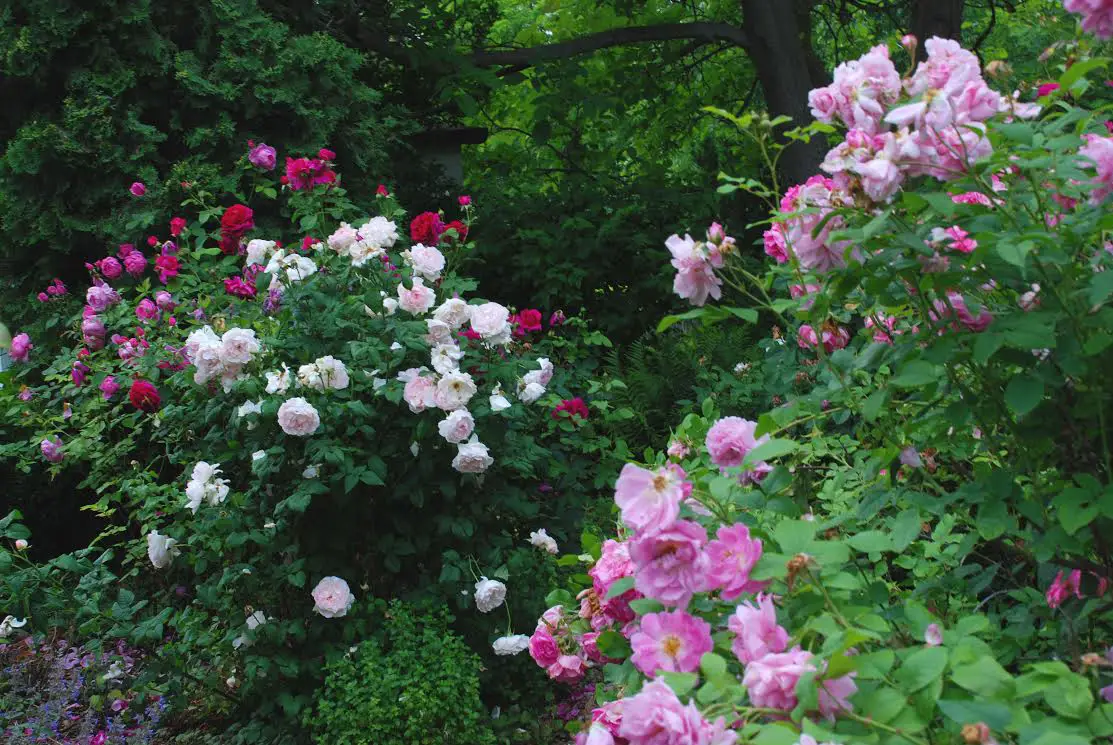
Mulching with organic matter is also essential for rose growing. This will help conserve water and and ground coolness, will feed the microorganisms and the worms in the soil. Preferably, it should be well rotted and, when consumed, applied again.
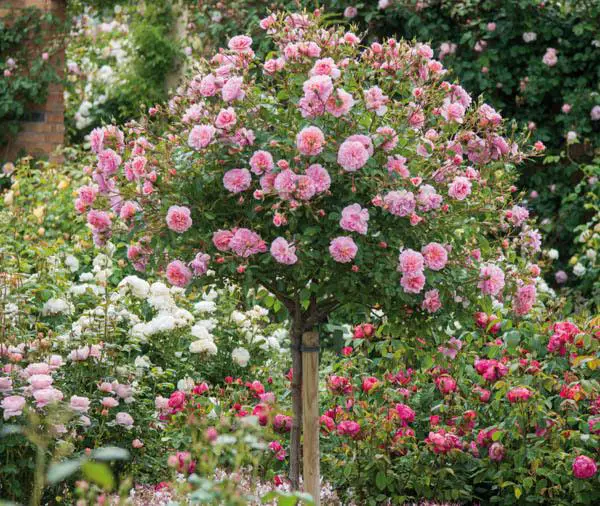
Credits: homeguides.sfgate.com, gardenia.net, gardeningknowhow.com
Photo credits: gardenia.net, bevbeverly.com, shimihome.xyz, sequinsandcherryblossom.com















